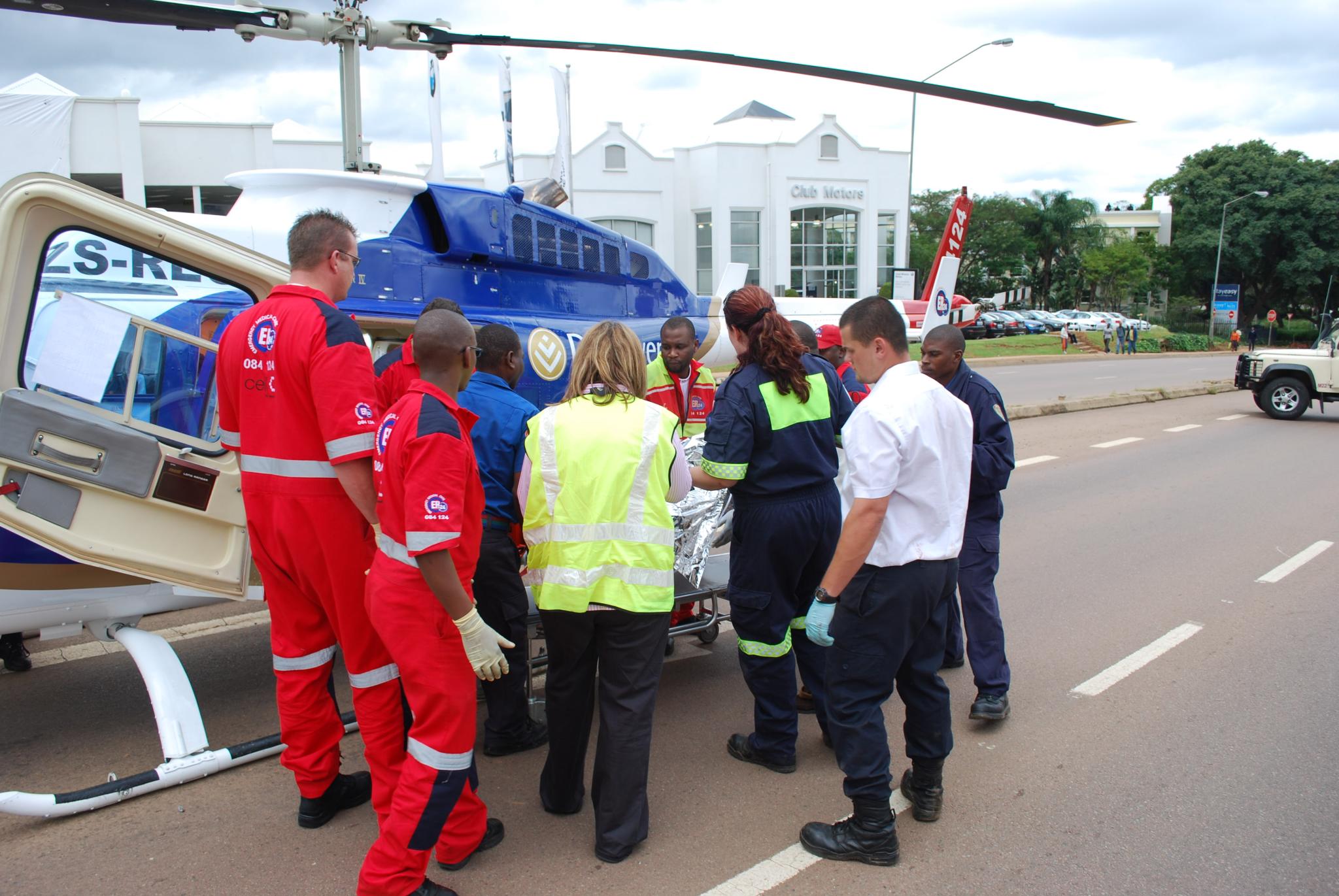More than 450,000 people in the United States require medical treatment for burns every year. Since burns are so common, it’s likely that air ambulance specialists will come across at least one burn victim. How you initially asses and treat the patient can have a huge impact on their outcome, meaning that you need to keep yourself updated on the latest norms and trends in the treatment process.
Different Types of Burns Air Ambulance Specialists May Encounter
While all burns cause damage to the skin and the underlying tissue, not all burns are the same. Different types of burns can influence the treatment decision you need to take:
- Thermal burns – Thermal burns make up 80% of the burn cases treated within the United States. It’s caused by exposure of the skin to open flame, scalding water, or intense flame. The damage to the skin can result in changes to the thermoregulatory system. This means that patients can become hypothermic unless air ambulance specialists take care to prevent heat loss. Pain management, aggressive airway management, and fluid resuscitation are also important.
- Chemical burns – This type of burns is caused by exposure to different types of chemical compounds like acids, alkalis, and organics. It’s crucial that you remove any contaminated jewelry or clothing so as to limit exposure. Make sure you also use proper protective equipment to prevent exposure. If there’s any powder left on the skin, brush it off and immediately start flushing the contaminated areas using plain water.
When you’re transporting the victim, continue the irrigation process but take care to avoid causing hypothermia in cases when you’re flushing large skin surfaces. Try using warm water in place of cold water.
In addition to these, you may come across people with electrical burns. The severity of this type of burns may be difficult to determine as they may cause internal injuries despite showing minimal evidence on the surface of the skin.


